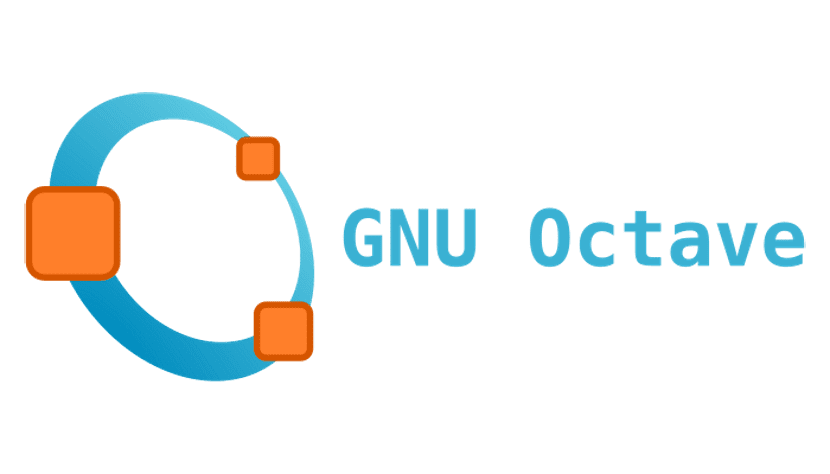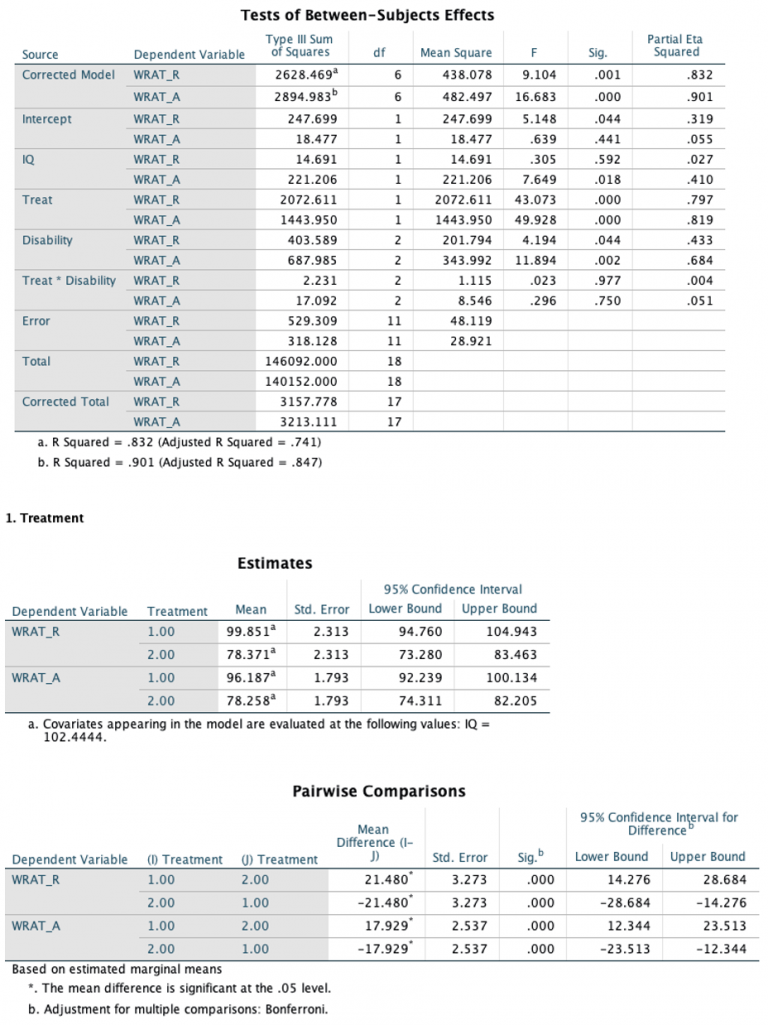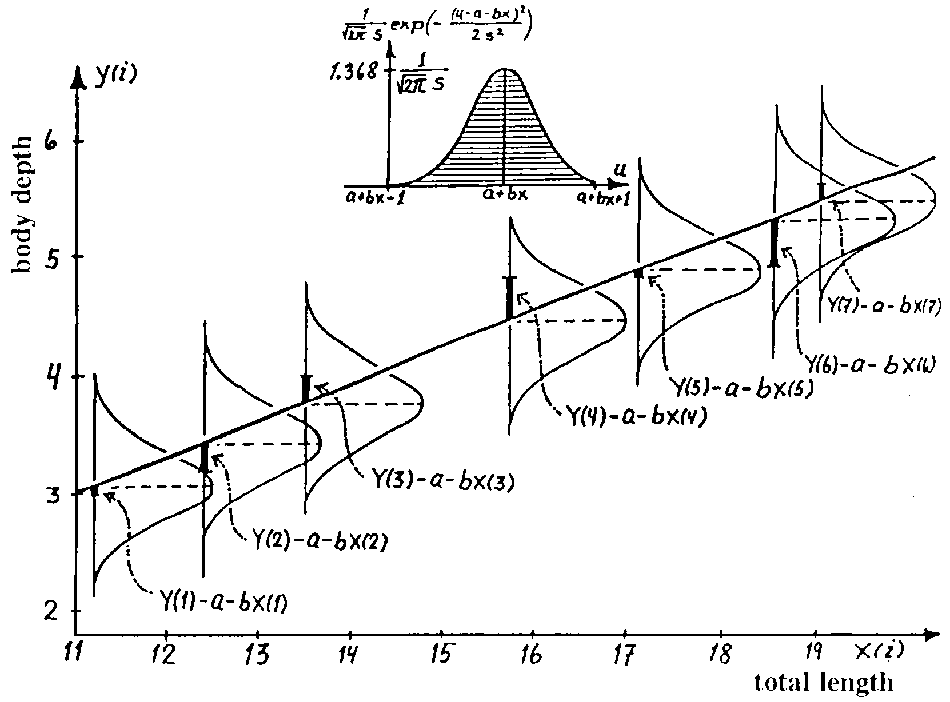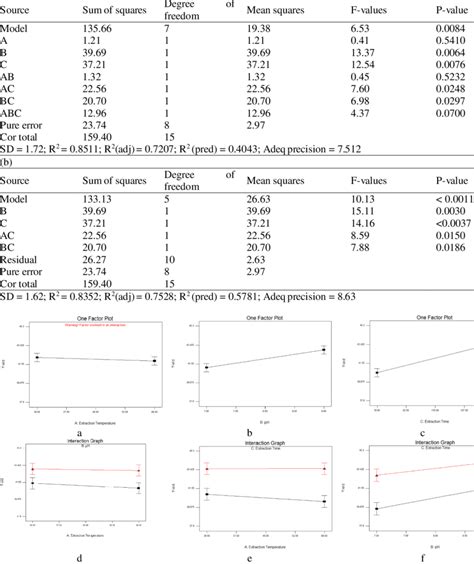
Business Analytics
Discover Business Analytics
Scale your business by using explanatory and predictive statistical models
As Business Intelligence helps understand how an organisation has arrived to the point where it is now, Business Analytics takes things further by giving insights into future business outcomes. Business analytics seeks to answer predictive questions of interdepence, such as “How much change can we expect in Y given change in X?”, putting statistical analysis methods into practice.
How it works
Business Analytics enhances the value received from your investments and scales effortlessly.
Companies increasingly invest in innovative ways to use big data in order to improve customer and employee experiences and maximize profits. To achieve this is not a simple task. Given the great diversity in investment targets and overlap between their desired outcomes, it is difficult to determine which investment programs produce the greatest value and which programs fare poorly in cost-effectiveness.
Fortunately, by using statistical analysis methods these issues can be managed and robust decision making information can be produced. Business analytics has applications in a wide array of different businesses, which help to explain and predict outcomes of plans and strategies in relation to the amount of investment and other business environment factors such as employee wellbeing measures.
In other words, a statistical analysis would be able to determine which of your marketing strategies produces the best return on your investment and what is the expected ROI. Business analytics can also discover which employees have the greatest sales impact per hour of work in different marketing strategies, or which employee wellbeing strategies are most influential for employee retention, illustrating how flexibly analytics can produce insights and reveal hidden strengths.
Inspect the following figure to learn about the business analytics procedure

Analytics toolkit
We vouch for use of open source software.
By using open source software it is possible to know with certainty that your data belongs only to you, and is not handled by any third parties. Currently, our services support GNU Octave and IBM® SPSS® software, with more analysis, scripting and programming options coming soon.






